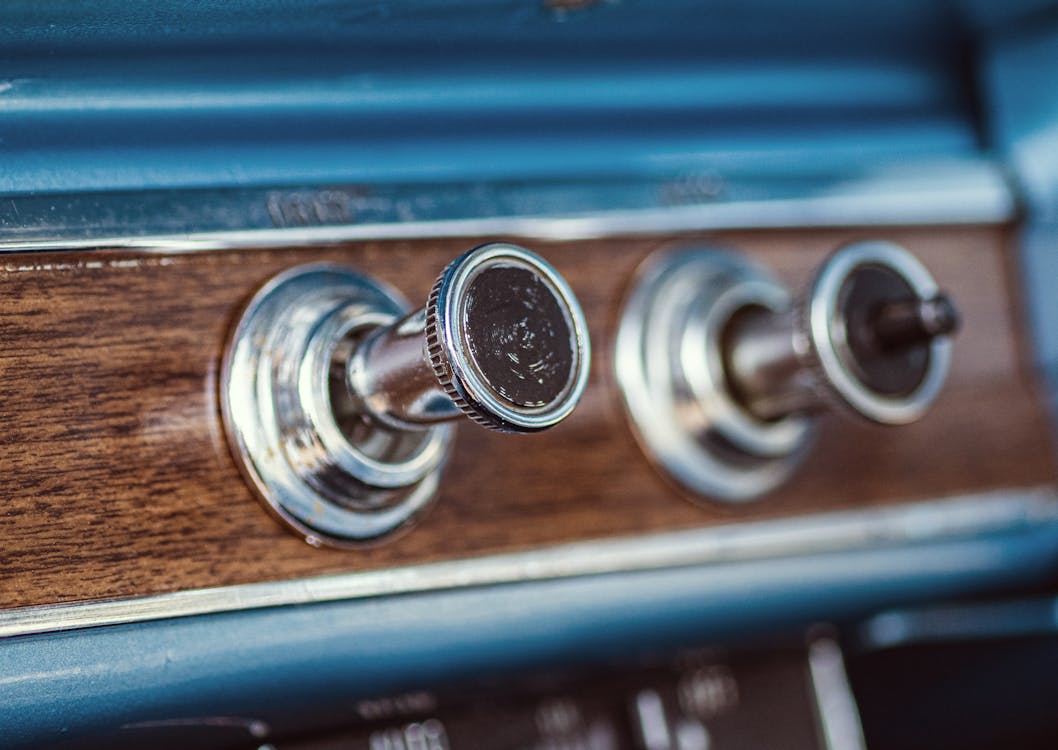
For the past years, car insides have been swiftly progressing toward sleek, screen-dominated control panels. Touchscreens replaced typical handles, sliders, and buttons in what many presumed was the inevitable march of development. Yet, in an unforeseen spin, physical buttons are silently making their way back right into contemporary cars. The change signals more than simply a nostalgic nod-- it's a feedback to real-world comments from vehicle drivers yearning simpleness, safety, and tactile satisfaction.
The Digital Overload Dilemma
When touchscreens first began taking control of control panels, they seemed like the future: clean, adjustable, and packed with features. They removed mess and allowed automakers to enhance their insides with less physical parts. Yet as more features were buried within digital menus, chauffeurs began to voice issues.
Touchscreens commonly call for numerous actions to do standard jobs like changing the climate or altering the radio station. Unlike buttons, they do not have the instinctive muscular tissue memory that enables a vehicle driver to transform a setup without taking their eyes off the road. With so much happening on-screen, it comes to be all also simple to get distracted-- something no one wants when taking a trip at highway speeds.
The Return of Tactile Functionality
Among the largest benefits of buttons is their responsive comments. You can feel them without requiring to look. This sensory reinforcement makes them not simply hassle-free however more secure for vehicle drivers. When your hand intuitively understands where the quantity handle is or how far to press a switch to activate the defrost, it reduces the demand to glance down or away from the road. And while touchscreens supply comfort for infotainment and navigating, the vital everyday features-- like hazard lights, audio controls, and HVAC-- really feel better matched to physical controls.
In fact, several chauffeurs that previously advocated digital systems have shared gratitude for more recent models that blend modern-day aesthetic appeals with the practical feel of typical controls. It's not about turning down innovation-- it's about improving use.
A Balanced Design Philosophy
Designers have paid attention to this changing view. Instead of abandoning screens, they're reconsidering just how they're incorporated. The most effective interiors now strike a balance between digital flexibility and analog precision. That indicates purposefully positioning switches for essential functions while utilizing digital interfaces for apps, navigation, and media.
This hybrid approach is especially prominent in cars developed for long-distance driving or households. The simplicity of pushing a button without fumbling via a food selection makes a huge difference when you're trying to remain concentrated, comfortable, and safe. Also in vehicles understood for sophisticated technology, a basic rotating dial or responsive control can be the function that gains drivers looking for thoughtful design.
Buttons and the Emotional Connection
There's additionally something uniquely psychological about switches. They bring a particular level of engagement that touchscreens just do not reproduce. Pushing a switch or turning a dial seems like you're physically connecting with your automobile-- it includes a layer of connection that makes the driving experience extra pleasurable.
For those considering used Chevy cars, lorries from current years commonly offer the best of both worlds: responsive touch user interfaces coupled with timeless physical controls. These versions bridge the gap in between technology and familiarity, making them ideal for drivers that value modern-day functions without giving up ease of use.
Technology Isn't Just About Screens
It's simple to conflate innovation with displays, however real advancement suggests boosting the motorist experience. In this light, buttons are a form of smart layout. They're fast, exact, and do not demand attention. As automobile style ends up being progressively driver-centric, benefit and intuitiveness take center stage.
This additionally connections straight into the resale and trade-in value of vehicles. Cars that focus on straightforward functions have a tendency to mature much better in the eyes of future customers. If you're taking into consideration a Chevrolet trade in, knowing that your existing car offers an attentively designed inside, complete with quickly accessible controls, can have a positive effect.
The Future Is Functional
As vehicle suppliers re-evaluate the role of user interfaces in the cabin, they're guided by motorist feedback and real-world usability research studies. The rebirth of buttons does not signify a return to the past-- it's an advance in thoughtful, user-first layout. It recognizes that progress doesn't constantly suggest eliminating the old however incorporating it in a way that makes driving safer, easier, and a lot more enjoyable.
If you're in the market and checking out Chevy new car deals, watch on exactly how different designs manage their interior controls. It's not just about the touchscreen dimension-- it's concerning just how the lorry assists you stay focused on the road while making your day-to-day commute extra instinctive. Buttons may not be the flashiest function, but they're quickly turning into one of one of the most appreciated.
For even more understandings into automotive fads, interior decoration advancements, and wise vehicle purchasing ideas, make sure to check back regularly. We're constantly updating the blog site with fresh concepts to help you browse the road in over here advance.
Comments on “Car Design Gets a Button-Based Makeover”